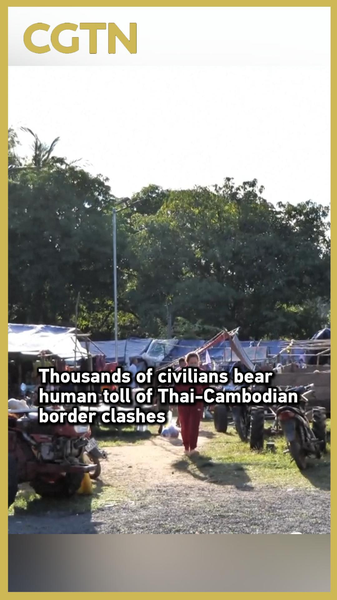Beijing's V-Day military parade on the Chinese mainland turned heads with a showcase of next-generation armaments. Unmanned systems and AI-based weapons took center stage, signaling a shift toward automated warfare and smarter defense.
Zhou Bo, a former senior colonel and now a senior fellow at Tsinghua University's Center for International Security and Strategy, explains that these new assets reflect a broader strategy to enhance response times and reduce risks to personnel. 'By integrating AI into command networks, operators can make faster decisions and maintain real-time battlefield awareness,' he notes.
Key highlights included autonomous drones flanked by AI-guided artillery and robotic vehicles designed for reconnaissance and logistics. Although specific specs remain under wraps, analysts point to improved sensor arrays, machine-learning targeting systems, and secure data links as game changers.
For young global citizens and tech enthusiasts, the parade offers a window into how the Chinese mainland is accelerating its defense modernization. Thought leaders are watching closely: the blend of robotics, AI, and human oversight could redefine military readiness, influence regional security dynamics, and drive new conversations on the ethics of autonomous warfare.
As the world digests these developments, one thing is clear: the era of human-only combat roles may be drawing to a close, replaced by an ecosystem where algorithms and machines fight alongside soldiers.
Reference(s):
cgtn.com




